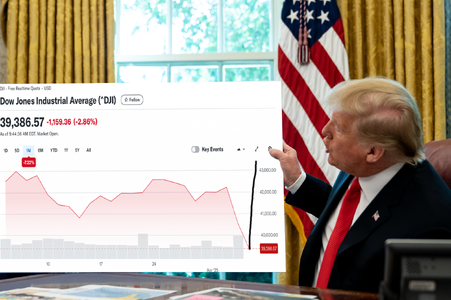Trump’s Trade War Escalates as China Retaliates With 34% Tariffs
The Chinese government said it would match President Trump’s tariff, and also barred a group of American companies from doing business in China.
The Chinese government said it would match President Trump’s tariff, and also barred a group of American companies from doing business in China.

www.nytimes.com
“… Separately, China’s Ministry of Commerce said it was adding 11 American companies to its list of “unreliable entities,” essentially barring them from doing business in China or with Chinese companies.
The ministry imposed a licensing system to restrict exports of seven rare earth elements that are mined and processed almost exclusively in China and are used in everything from electric cars to smart bombs.
The commerce ministry also announced it was beginning two trade investigations into American exports of medical imaging equipment — one of the few manufacturing categories in which the United States remains internationally competitive.
… China’s General Administration of Customs said that it would halt chicken imports from five of America’s biggest exporters of agricultural commodities and sorghum imports from a sixth company.
… China imposed a two-month freeze on shipments of rare earths to Japan in 2010 during a territorial dispute.
The Obama administration responded by calling for the United States to restart its own mining and processing of rare earths, which mostly shut down in the 1990s. But 15 years after the Japan embargo, mining has resumed in the United States but most of the ore is shipped to China for processing into valuable materials, as rare earths refining has proved technically challenging.”

www.nytimes.com


